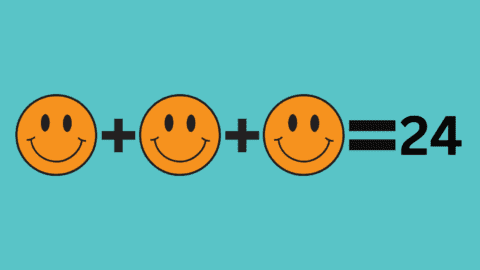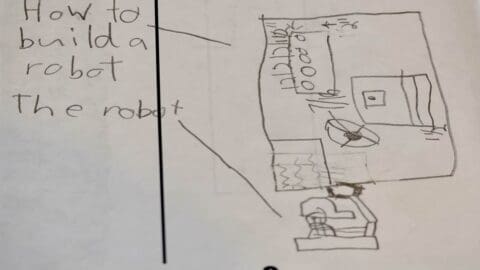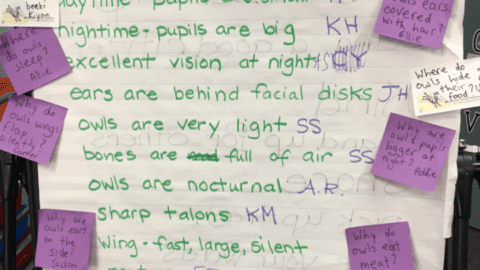With the Question Formulation Technique, there are many ways to be creative when crafting a Question Focus in math. Here are four ideas.
Teaching + Learning
Learn how Massachusetts Science and Engineering Fair (MSEF) advisers used the Question Formulation Technique (QFT) with students at the start of the journey to promote authentic ownership over projects.
Danny Delgado, a Media Center Specialist, reflects on how he used the QFT to guide summer campers to become the heroes of their own learning journey.
Here are 3 key resources for implementing the QFT in the elementary classroom.
In this blog post, educator James Staton writes about how he values moments when he is wrong because they lead him to new lessons. Read more on his strategies to encourage all elementary students to explore their questions without fear of being wrong.
This is a post from the Teaching with the Library of Congress blog.




